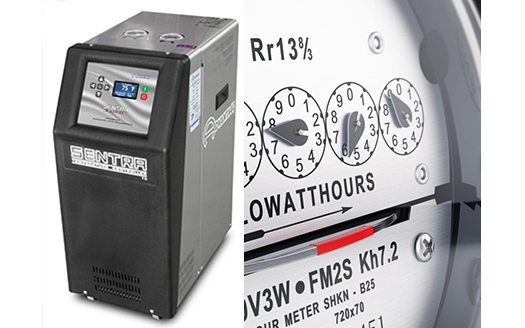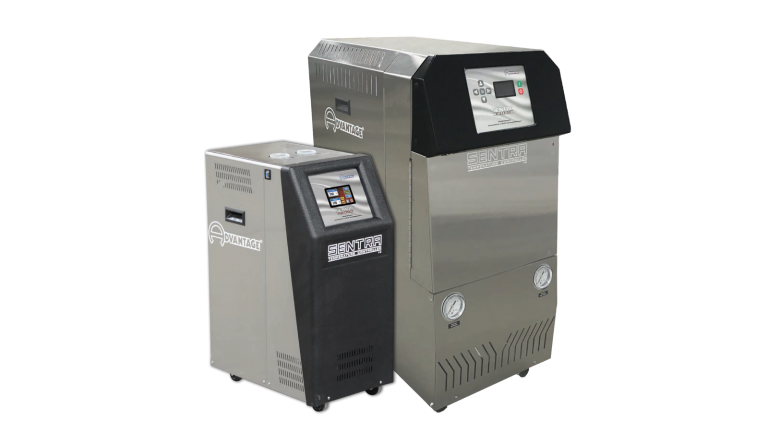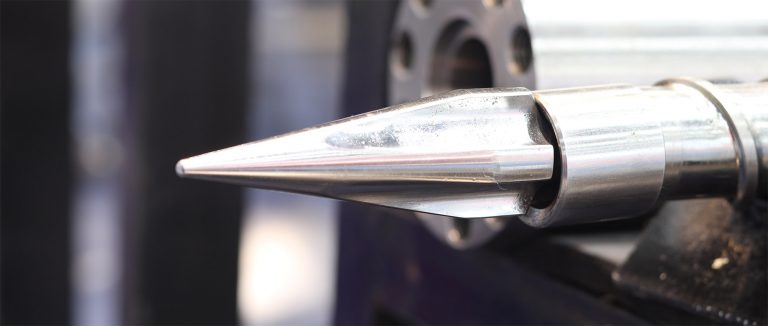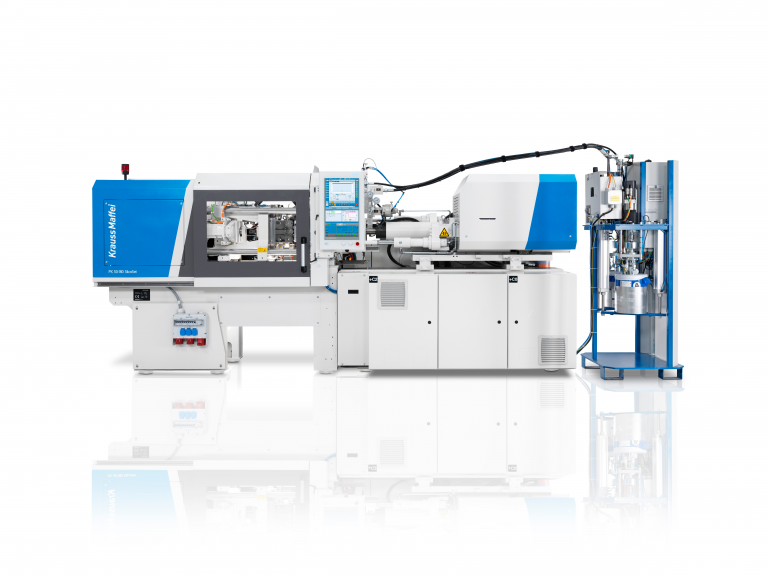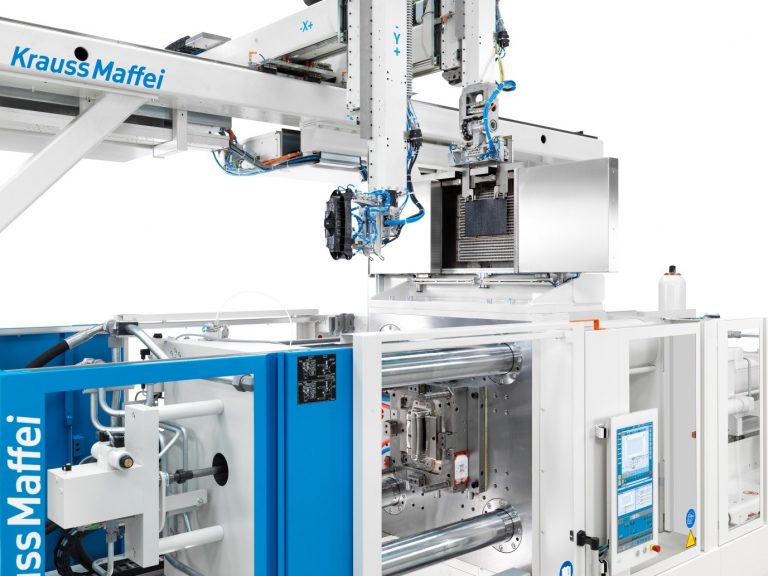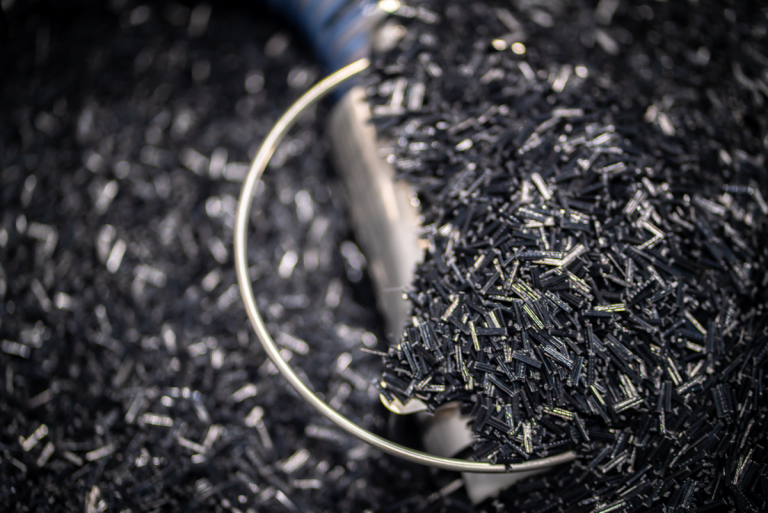Mold Temperature Control: Energy Saving Technology

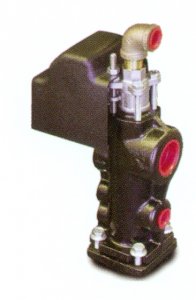
Mold Temperature Control Units
The proprietary Advantage Engineering AVT Valve, was originally developed to give a more consistent mold temperature. However, one benefit that is often overlooked, is the significant energy savings possible when using this modulating ball valve technology. The AVT modulates the cooling water flow, eliminating fluctuations in mold coolant temperature, and providing for a more consistent mold temperature. The AVT cooling valve eliminates the rapid drop in temperature typically found with a solenoid valve circuit.
Consider what happens when a typical cooling solenoid valve opens:
- Cold water rushes in, cooling the recirculating water. This will bring the temp below the setpoint
- When the temp drops during the normal cycle, depending on the control configuration, the heaters may come on to heat up the water
- When the heaters come on, the water will heat to above setpoint a little faster than would be typical
- The cycle starts over again
Using the AVT Valve
- The AVT uses a ball valve with a modulating drive that will gradually increase and decrease the flow of cooling water into the circuit, until the flow establishes an equilibrium between heat being removed and the resulting warm water being removed.
- Once the operation has reached this equilibrium, there will be a constant trickle of warm water out of the system, and a constant trickle of cool water entering the system
- There are no “slugs” of water (pulsating or otherwise)
- The heaters never come on
The energy savings is significant when compared with some models, although it will vary depending on the control circuitry used on a solenoid operated unit. If heaters come on at all with a solenoid operated unit, then an AVT unit will show an impressive amount of energy savings because the heaters are typically the single largest user of energy.
Additional Benefits:
More flow: The AVT Valve incorporates a ball valve design, which for a given size, provides for a greater flow than a solenoid valve.
Less maintenance, no clogging from particles in the water: Because this is a modulating ball valve, if a dirt particle reduces the flow, the ball valve automatically opens until the dirt can pas through. The ball valve then closes back to the equilibrium point automatically. A solenoid valve will clog, and then taken out of service for cleaning.

